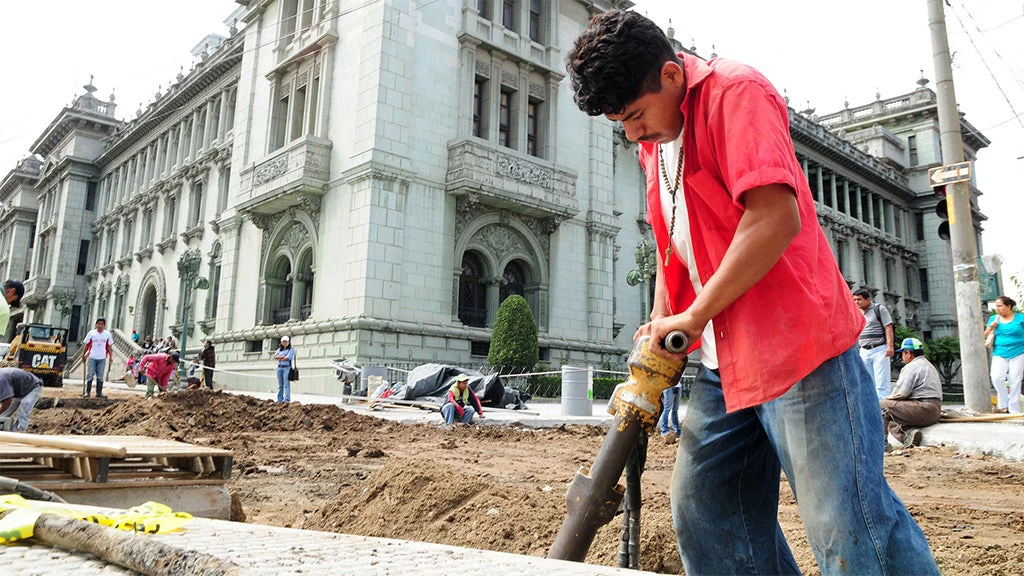Earlier this month, development banks from around the world took stock of where they stand and where they see their efforts having the greatest impact at a meeting organized by the World Bank and Brazil’s development bank, BNDES.
As the world struggles to find funds to meet the Sustainable Development Goals, development banks can be instrumental in narrowing that gap. They can help to crowd-in the private sector and anchor private-public sector partnerships, particularly for infrastructure financing.
However, misusing development banks can lead to fiscal risks and credit market distortions. To avoid these potential pitfalls, development banks need a well-defined mandate , operate without political influence, focus on addressing significant market failures, concentrate on areas where the private sector is not present, monitor and evaluate interventions and adjust as necessary to ensure impact, and, finally, be transparent and accountable.
Two themes characterized the discussion at the meeting: how to leverage private capital and create new markets . To support Small and Medium Enterprises (SME) finance, development banks use partial credit guarantees while letting private lenders originate, fund, and collect on credit. In markets with limited competition, development banks support the creation of an ecosystem of specialized Micro, Small, and Medium Enterprises (MSME) lenders to which they provide a stable funding source.
Innovation support is often done as co-investment with private funders or through investment in funds that in turn lend to risky ventures. To create markets, development banks have established factoring platforms to provide the actual market. For example, to establish infrastructure financing, Colombia created a new institution, Financiera de Desarrollo Nacional (FDN), to lead the market development and provide liquidity to mitigate a risk that market players were not willing to assume.
Development banks can build on their experience to help bring in private sector financing to fund development objectives and focus on providing technical assistance, consulting, management and technical advice to private sector counterparts they bring in.
Specifically, development banks can help in the following ways:
- Leave the funding of commercially-viable and “safe” projects to the private sector.
- Focus on investing in less-commercially viable initiatives that still yield significant development results. Among them: building roads and water systems in remote locations, investing in clean energy, helping municipalities design and fund critical urbanization projects, financing risky R&D ventures, or supporting social impact bonds projects.
- Use direct lending or direct equity investment with discretion and with complementary policies to stimulate both entrepreneurship and the development of private capital markets that can alleviate credit constraints for private firms.
- Reform credit analysis in line with advances in financial digitization. KfW, the German Development Bank, stands out for its efforts in this area to support sustainability, exports and new challenges posed by aging and by Industry 4.0 – the current trend of automation and data exchange in manufacturing technologies.
- When lending directly for large investment projects, development banks should do so in syndication with private banks, funding less than 50% of the project to crowd in private sector and ensure market viability. For example, FDN in Colombia can only fund 20% of an infrastructure project and the Caribbean Development Bank cooperates with other development banks in co-financing projects, in addition to sharing information and training programs. Thus, partner with private sector to receive financial assistance.
- Find innovative ways to crowd-in private capital, including by developing credit guarantee schemes, credit enhancements on capital market instruments, or matching private equity funds. For example, Corfo’s Startup Chile initiative has pushed the development of local venture capital funds in Chile, while BNDES has been working to develop a corporate bond market in Brazil.
- Support the development of an ecosystem of factoring, leasing and MSME finance companies through the provision of stable funding sources via credit lines or facilitating their access to capital markets as for example done by Nacional Financiera (NAFIN) Mexico.
- Provide the private sector with incentives to take more responsibility for operations and maintain long-term finance for infrastructure projects.
- Solve public-private coordination problems that increase the social returns of investment projects in cases where social returns exceed private returns, and the private returns aren’t sufficient to induce investment. (An example of this is the support to export quality control and shared food quality lab testing facilities which enabled Bolivian producers to capture 90% of the EU Brazilian nut market over the 2010-15 period.)
In a nutshell, the role we see for national development banks is parallel to the role we see for ourselves, the World Bank Group, as a global multilateral development bank. That is, to help crowd-in the private sector to finance public sector needs, such as infrastructure, and to provide technical assistance to improve the enabling environment.
This approach will allow us to focus on funding other areas we consider strategic for international development, but for which there is little private sector interest.
Photo: Maria Fleischmann / World Bank



Join the Conversation